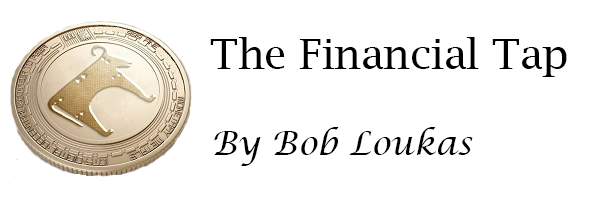A glossary and dictionary of terms used throughout the site and member reports.
What Are Cycles?
Much of nature and mankind’s actions move in definable, predictable cycles. Whether that be the seasons, the planets, war’s or our cycle of sleep. In the marketplace, cycles of varying lengths influence the price of securities, they track the ebb and flow of human emotion and its effect on price. The studies of cycles are a powerful analytical trading tool that can give investors an edge, allowing them to get a jump start on trends and trend reversals.
One complete cycle is measured from two low points, the start and the end of the cycle. A number of daily cycles make up one Investor Cycle and a number of Investor Cycles make up one longer term cycle, like the often quoted 4yr year Equities cycle. Picture the cycles being intertwined with the long duration cycles greatly influencing the outcome of the next shorter duration cycle. Understanding the likely movement of a longer term cycle provides us with the framework to better predict the short duration cycle we trade within.
Daily Cycle (DC)
The shortest cycle I track (although shorter cycles exist) which are measured in trading days. A typical Gold and Dollar cycle will run for 16-22 days while an equities cycle will run for 36-42 days.
Daily Cycle Low (DCL)
The DCL is the low point of the cycle which marks the end of one daily cycle and the beginning of the next cycle. Understanding when the low is expected is critical to successful cycle trading.
Investor Cycle (IC)
The Investor Cycle is measured in weeks and I consider it to be the most important cycle. The movements and flows of the Investor Cycle are much more consistent and provide a long enough time frame to allow “investors” to take position without having to manage it on a daily basis or have to stress about the short term daily whipsawing volatility. It affords us the opportunity to obtain excellent returns. The Gold, Dollar and Equities Investor Cycles average from 16-22 weeks in duration.
Investor Cycle Low (ICL)
The ICL is the low point of the cycle which marks the end of one Investor Cycle and the beginning of the next cycle. Understanding when the low is expected is critical to successful cycle trading.
Left & Right Translation – (LT or RT)
Any given cycle is measured from the two lowest points, the start and end of the cycle. The highest price point of the cycle is the Cycle Top. Using these 3 price points, we’re able to draw a picture of the cycle from low to top to low, a bell curve of sorts. So where the top of the cycle occurs determines if the cycle is Left Translated or Right Translated.
For example, if a Daily Cycle runs for 22 days, from low to low, then the middle of the cycle is day 11 (22 divide 2). If the highest point of the cycle occurs before day 11, then that cycle is a Left Translated Cycle (Top is left of middle). If the highest point occurs after day 11, it is Right Translated (Top is right of middle).
Why is this important? The translation tells us if the cycle spent more time rising or falling. As the cycle moves to the top, price is generally rising. As the cycle moves towards its low, price is generally falling. So to expect a Left Translated cycles is to expect a cycle that rises less than it falls in price. Opposite is true in Right Translated cycles, we expect price to be rising more often than it is falling. With an expected Translation in mind, we’re able to better predict the starting and ending price performance of any given cycle.
Cycle Clarity
The current clarity state, either 1-Green, 2-Amber or 3-Red is the current confidence in the Cycle Counts. Often there are multiple open Cycle Count possibilities and sometimes these Cycle Counts are conflicting or contradictory. These conflicts are always resolved as price moves, but it’s important to understand the level of confidence we have in the current count before making specific Cycles based trades.
1-Green – In this state, we’re almost 100% certain or positive that the current Cycle Counts are accurate and that no other viable Cycle interpretation exists.
2-Amber – There may be some conflicting Cycle counts, but we greatly favor one count over another. In any case, caution must be shown when trading of a Cycle count that is currently Amber.
3-Red – There are conflicting and likely contradictory Cycle counts that provide no real edge to the investor. Trading off a Cycle in Red status should be avoided.
Cycle Analyzer™
The Cycle Analyzer™ is a software based analytical and intelligence system that has over 10 years of detailed daily trade data marked with every Alpha and Beta wave (these are the half cycle lows/high’s) of every daily, monthly and long term cycles for Gold (Equities and $USD are coming soon) These cycles are then overlaid with a customizable list of technical indicators and oscillators designed to identify and predict the movements of cycles.
Large parts of the cycle analysis and interpretations presented here (and in forums/tweets) are derived from my proprietary Cycle Analyzer(TM) system. This research and development has consumed the better part of a year for me and I’m excited about the results I’m seeing. All of the recent calls have so far been validating the analysis.
